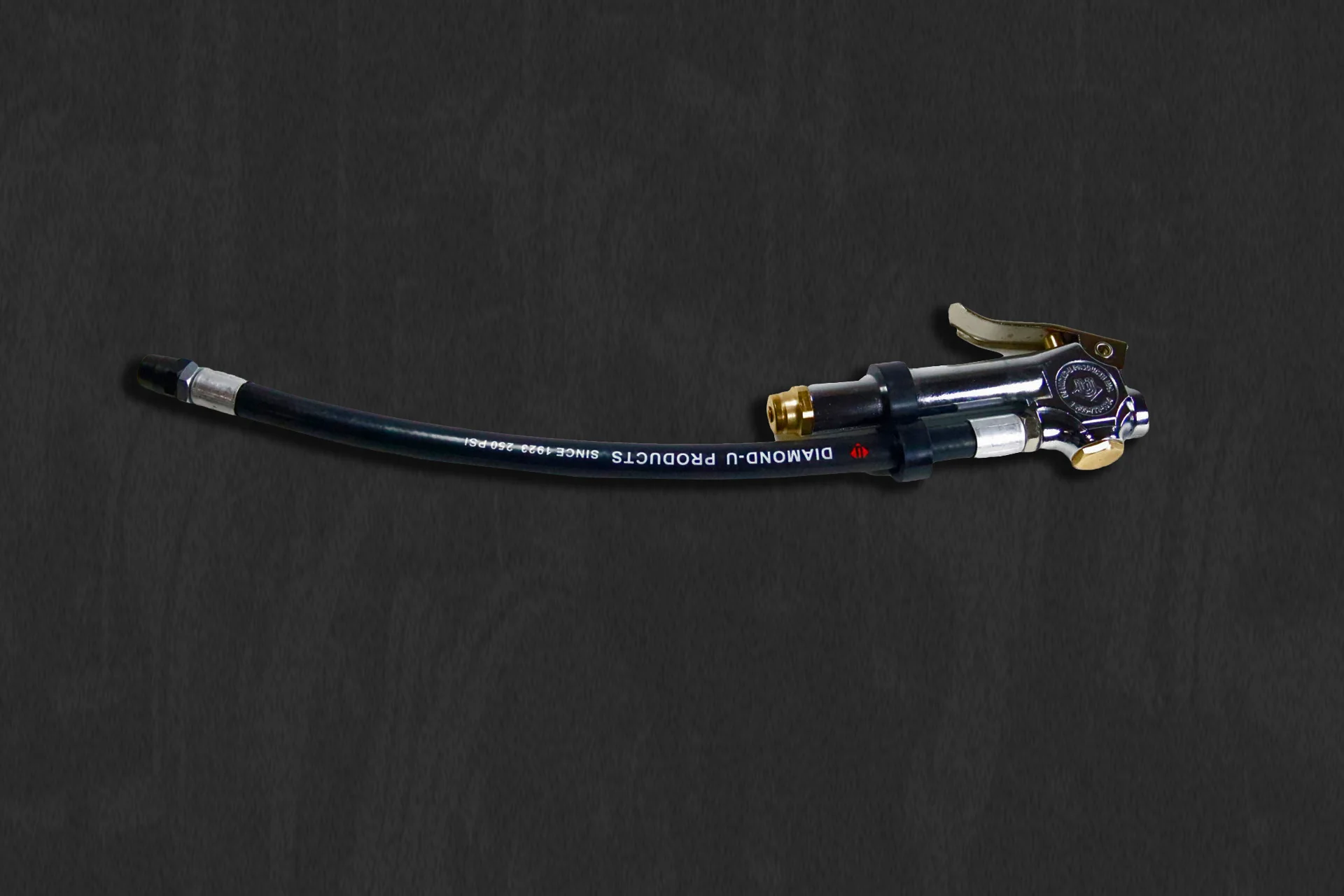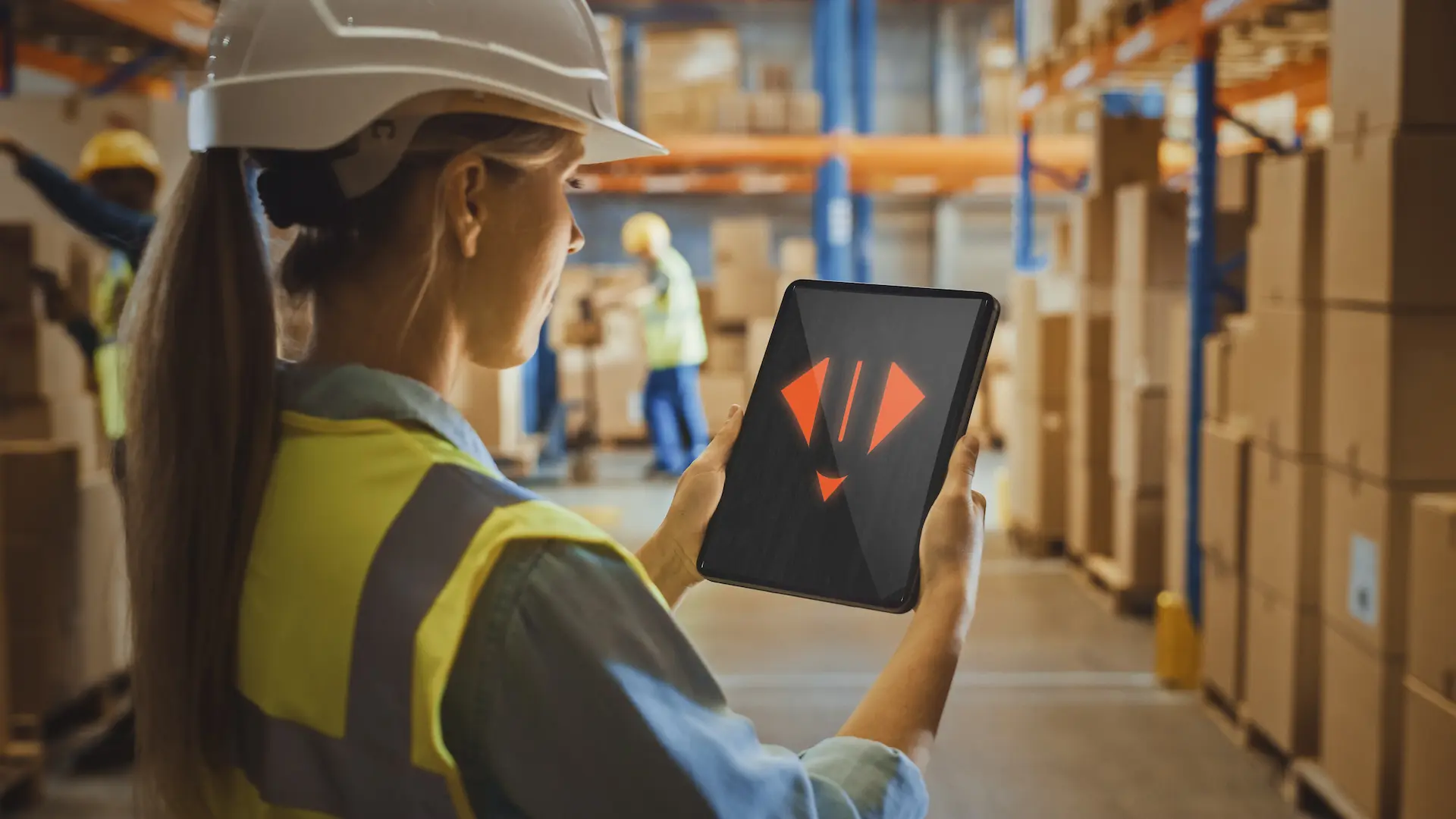
The Importance of Proper Tire Inflation for Gas Efficiency & Safety
Driving down the highway, you probably aren’t thinking too much about tire pressure, right? Even if you’re well versed in how to check tire pressure, it isn’t something that most of us think about on a regular basis — unless we have a tire that is noticeably low. But in reality, there are several reasons why maintaining normal tire pressure is so important, and why understanding how to measure tire pressure will not only keep you safe but help you achieve better fuel economy and thus save money in the long run.
According to a study completed by researchers at Oak Ridge National Laboratory in 2014, driving around on underinflated tires can be detrimental to fuel economy, with as high as a 10 percent penalty when tire inflation is at 50 percent of the manufacturer’s recommendation. This was recorded in a car traveling at 40 miles per hour, while at 80 miles per hour, the study noted a 5 percent fuel efficiency penalty under the same conditions.
Now, 50 percent may seem quite underinflated, and perhaps there’s a slim chance that most would allow it to be set so low, but penalties were consistent between 2-3 percent, even at 75 percent of the recommended pressure. On top of wasting fuel, the safety penalty is another big reason why it’s imperative to ensure that the pressure in your tires is maintained correctly.
Why Is Proper Tire Inflation Important?
The National Highway Traffic Safety Administration (NHTSA) compiles annual data on traffic accidents to determine where common issues with safety arise. In 2017, 738 traffic-related fatalities were the direct result of problems with tires, likely due to either underinflation or overinflation — two of the main culprits that compromise driver, passenger, and pedestrian safety. Understanding how to check tire pressure can help you avoid any serious issues. So what’s the difference?
Underinflation
Tires are designed to create friction with the road beneath, and under natural circumstances, this will cause them to heat up. When tires are inflated to the recommended pressure, this isn’t an issue, but underinflated tires keep more rubber on the road and thus there is more surface area to heat up. When this occurs, heat levels rise above those which the tire was designed to withstand, and tires may blow out if too much heat is created.
At the very least, underinflated tires will wear much faster than those maintained at the correct pressure, and the vehicle’s handling around corners or in situations that require fast, responsive maneuvering will be negatively impacted.
Overinflation
Tires that are overinflated (filled to a pressure beyond that which is recommended by the manufacturer) have less road coverage, though the additional pressure can warp the normal shape of the tire and significantly detract from the amount of grip the driver has to maintain safe control. With less grip, the ability to handle sudden evasive situations is greatly reduced, and an accident is far more likely.
Overinflated tires also wear faster due to the increased pressure. It’s also more likely for overinflated tires to blow when this is the case, especially if the vehicle is carrying a load. This often results in a complete loss of control which can be extremely dangerous (if not fatal) for both passengers inside the car and pedestrians crossing the street or in the immediate vicinity.
How to Measure Tire Pressure
The simplest method for measuring your tire pressure is by the use of a tire pressure gauge. After removing the valve cap on a selected tire, you can place a tire pressure gauge on the valve stem and press down to allow air to activate the gauge. The reading on the gauge will tell you the pressure of the tire in pounds per square inch (PSI) which you can compare with the manufacturer’s specification. On most vehicles manufactured for the North American market, the manufacturer’s recommended tire pressure will be located on a plaque inside the driver’s door on the B-pillar (where the door latch is located).
You can also monitor your tire pressure as you drive if your car is equipped with a Tire Pressure Monitoring System (TPMS). Modern cars with this feature use sensors located in the valve stems that send pressure information to the car’s computer so that it can be displayed in the instrument panel or within a driver assistance screen setting. Consult your vehicle’s owner’s manual to learn how to operate this feature (if applicable). TPMS will notify you via an on-screen alert if one or more of your tires fall below 25 percent of the recommended inflation level.
Normal Tire Pressure
As a standard, most passenger cars, minivans, and light-duty pickup trucks should have their tires filled to a pressure between 32 and 35 PSI. This is the range intended by both tire and vehicle manufacturers in order to ensure the safest and most fuel-efficient driving conditions. That said, you should always check your vehicle’s specific requirements for optimal safety and efficiency.
If you live in an area that sees temperatures drop significantly during the winter months, it is especially important to check your tire pressure more frequently, as lower temperatures can cause tire pressure to drop. Driving around in the winter with low tire pressure can significantly increase the risk of hydroplaning, where a layer of water is present between your tires and the road preventing safe traction.
Tire Inflation Tips
When should you check your tire pressure?
To get an accurate reading, it’s best to check your tire pressure when your tires are cold. Once you know how to check tire pressure, make a point of using a gauge before you leave for work or especially before a long road trip. You don’t need to check each time you drive, but making it a priority once every week or two is good practice, and it can be done along with routine fluid checks or oil changes to make it an easier task to remember.
What should you do if your tire pressure is too low?
If you notice low pressure in one or more of your tires, you’ll need to fill them to the recommended level before driving. If you know how to measure tire pressure, start by getting an accurate reading and then fill each tire with an air compressor at home or an Air Machine, often at gas stations to the correct pressure.
What is the best way to fill a tire for normal tire pressure?
An air compressor with a tire inflator gauge is an accurate method of putting air in your tires. It’s an easy-to-use proven tool that will ensure your car is operating safely and efficiently. The Tire Inflator Gauge, 10-90 Lbs from Diamond-U Products is designed to inflate tires from 10-90 PSI in 2-pound increments when connected to an air hose and compressor to help maintain the desired tire pressure.
It’s a good idea to keep a pressure gauge and tire inflator handy, and Diamond-U Products has the equipment and tools you need to make sure a safe pressure is maintained with every drive. Store your gauge and inflator in your toolbox for easy access when you need them, or keep them in the car for longer journeys if you have the ability to run a compressor from the road. Visit our Passenger Cars products page to shop now.



